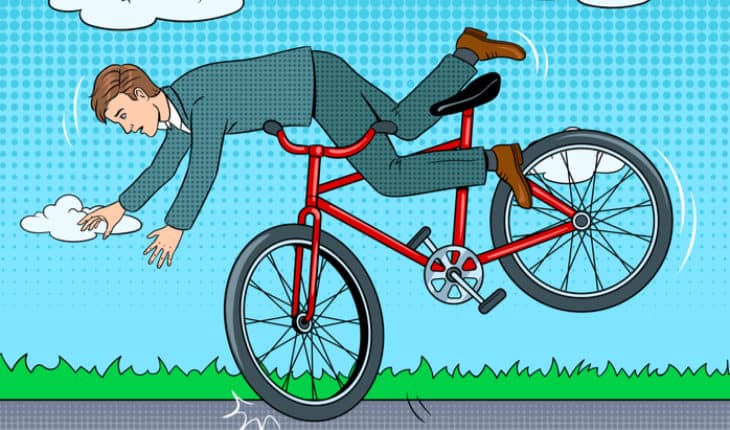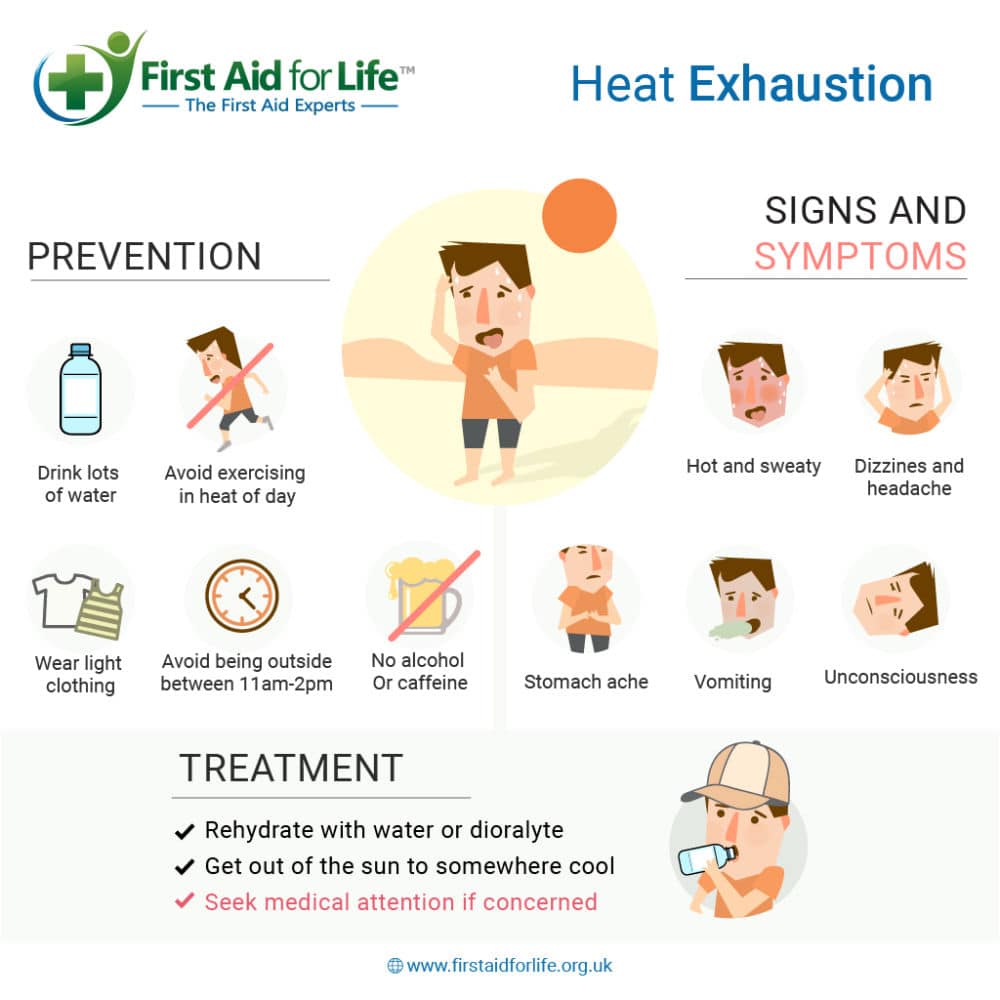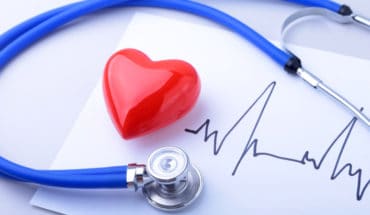How to cycle safely: The UK Government has launched an extensive obesity strategy aimed at getting people fit and relieving pressure on the NHS. A campaign to encourage cycling is a key part of this plan. There is no doubt that cycling is a great way to improve your physical and mental health. However, cyclists can be particularly vulnerable road users. In this article we offer advice on how to cycle safely, covering the importance of wearing a helmet and how to deal with common cycling injuries.
Socially prescribed cycling?
In July, the Prime Minister announced that access to bikes will be available on the NHS as part of the obesity strategy.
GPs in areas of England with poor health are now encouraged to prescribe cycling, with patients able to access bikes through their local surgery.
The idea is that GP surgeries have a stock of bicycles to lend, with training, access to cycling groups and peer support. In some cases, if they use them enough, patients may be able to keep them.
This scheme is a response to Recent Public Health England research which found that being overweight or obese puts people at greater risk of serious illness or death from Covid-19. Government statistics showed nearly 8% of critically ill patients in intensive care units with the virus have been morbidly obese, compared with 2.9% of the general population.
The government scheme also offers £50 bike repair vouchers to boost cycling and walking. An initial 50,000 “fix your bike” vouchers were made in a first-served basis.
General advice for cyclists during Covid-19
The following advice is provided by the Department of Transport’s recent THINK! Campaign:
- Ride decisively and keep clear of the kerb.
- Look and signal to show drivers what you plan to do, make eye contact where possible.
- Avoid riding up the inside of vehicles. If a vehicle is indicating to the left, hang back at the junction to reduce the risk of a collision.
- Always use lights after dark or when visibility is poor. Wear high-visibility and reflective clothing and accessories at all times
- Wear a correctly fitted cycle helmet that is securely fastened and conforms to current regulations.
- Your local council can help you plan your journey by providing maps showing dedicated paths and routes.
- Where possible, try to maintain social distancing when you cycle, for example when waiting at crossings and traffic lights.
- After using bikes (private, docked or dockless) wash your hands for at least 20 seconds or sanitise your hands before and after cycling.
The importance of wearing a helmet
It is vital that all cyclists know what to do (and what not to do) if there is an accident. If you are cycling with children and teenagers, reinforce the importance of not overtaking lorries, buses and other large vehicles on the inside lane. Explain about their blind spots.
The simplest way to protect children (and yourself) is to wear a helmet every time. Even if it’s a quick cycle around the block or down to the park.
The arguments for helmets:
There is much evidence to support the wearing of helmets and the crucial safety role they play for the wearer.
The National Highway Traffic Safety Administration (NHTSA) view helmets as: “the single most effective way to reduce head injuries and fatalities from bicycle crashes.”
Both Transport for London and the Highway Code both currently recommend wearing a helmet when cycling too.
The Royal Society for the Prevention of Accidents (RoSPA) doesn’t call for compulsory cycle helmet laws. However, it strongly recommends cyclists wear a cycle helmet. Helmets might not prevent crashes or guarantee survival. However, they are an important secondary safety feature. They can reduce the risk of a serious brain or head injury in an accident. Click here to read more
Figures compiled by RoSPA show head injuries are very common injuries to cyclists. Data from hospitals show 40% of cyclists and 45% of child cyclists suffer head injuries. Three quarters of cyclist fatalities have major head injuries.
Meanwhile, a Cochrane review suggested helmets reduced the risk of injury to the head and the brain by a substantial 65%-88%; and the upper and mid-face by 65%.
Safety benefits:
The safety benefits seem to be more pronounced for children. Tests on children’s bicycle helmets show helmets offer up to 87% reduction in the acceleration experienced by the skull during an impact. They can also help the skull resist forces up to 470 pounds in a crush accident.
According to a US study helmets cut the risks of severe traumatic brain injury by half, when riders suffer a brain injury. The report, in the American Journal of Surgery, also concluded that riders with helmets were 44% less likely to die from their injury. Also, they were 31% less likely to break facial bones.
There is no doubt helmets cannot resist substantial impact and cannot save everyone. Nevertheless common sense suggests surrounding your head with some degree of protection must offer some cushioning from head impact. Neurological studies definitely support this view.
First Aid for Cycling Injuries
Cyclists are vulnerable, and whether you are on the road, or cycling around the park or in your garden, accidents can happen. Cycle safely with care for everyone around you.
As with all first aid, it is vital to maintain everyone’s safety at all times. Ensure you are treating the person in a safe environment and minimise further risk of injury for yourself and the person you are treating.
Cuts and grazes
These are extremely common injuries and grazes can be large and dirty.
- If a small cut is dirty, clean it by either rinsing with cold water or using alcohol free wipes (clean from the inside of the wound outwards to avoid dragging additional dirt into the wound. If necessary, use a sterile gauze swab to pat the wound dry. Then cover it with a non-adherent dressing.
- Seek medical advice if you think that there might be a risk of infection
- If the wound is large or bleeding heavily, apply direct pressure to the wound to stem the bleeding. Look out for signs of shock – keep the casualty warm and dry, lie them down and raise their legs.
- Call for an ambulance
Dislocation
Dislocated joints can easily occur when someone falls awkwardly. Never replace a dislocated joint as you could end up trapping nerves or blood vessels.
- If the injured person has a dislocated shoulder, try to keep them still, while supporting their arm in a comfortable position.
- You can immobilise the injured arm with a sling if they will let you. For extra support, secure the arm to the chest by tying a broad fold bandage right around the chest and the sling.
- Arrange for the injured person to be taken to hospital and treat for shock if necessary, laying them down and raising their legs.
Head Injury
- Head injuries can be potentially serious and should be treated with care.
- If someone has experienced a head injury, and they are fully conscious, help them to sit down in a comfortable position.
- Give them a cold compress to hold against the injured part of their head and monitor their condition.
- If the injured person becomes drowsy, confused or complains of a worsening headache, vomiting or double vision, call 999 for emergency help
- Anyone who has lost consciousness, even for a short period of time should see a doctor.
Preparing for all weather types
It’s important to dress appropriately when cycling to protect yourself from the weather and also from potential grazes if you take a fall. You should wear multiple layers and always wear high vis clothing. It’s also key to wear a helmet and use lights on your bike, even if you are only going on a short bike ride.
Dehydration and heat exhaustion
- If someone you know becomes dehydrated, help them sit down comfortably.
- Give them plenty of water to drink. You can also give them oral rehydration solutions if you have them.
- Advise the person to rest and, if they are suffering from cramp, stretch and massage the affected muscles
- If they remain unwell, seek medical advice.
Fractures, breaks and sprains
With closed fractures (and also with soft tissue injuries such as sprains and strains) – you should initially do the following:
PRICE – Treatment for soft tissue injuries and closed fractures
Protect the injury (stop using the injured limb, pad to protect)
Rest the injury
Ice – apply a wrapped ice pack
Comfortable support – apply a supportive bandage
Elevate – to reduce swelling
For an in depth exploration into how to deal with fractures, breaks and sprains, read our article here.
Bruising
- Raise and support the affected area into a comfortable position
- Use a wrapped ice pack and apply to the bruise for up to ten minutes. Treating the bruise in this way will only treat superficial injuries and anything more serious will need to be x-rayed and treated in hospital.
Cycle safely with First Aid for Life
First Aid for Life specialise in first aid for the cycling industry. We have specific online first aid for cyclists courses and do all the training for the London Cycling Campaign along with many other cycling organisations throughout the Country.
Our First Aid for Cyclists course is designed to give you the theoretical knowledge (and a lot more) needed to equip you with the skills and knowledge to be able to help someone involved in a cycling accident. This course is an excellent First Aid Training package for people to gain the skills and knowledge to be able to help an adult or child injured whilst out on their bike and also serves as an ideal annual refresher between practical courses covering the full HSE syllabus plus head injuries, heart attack, asthma and much more. This course fulfils all the criteria for Appointed Person First Aid training, however a practical course is required in order to qualify as a full First Aider.
The course consists of illustrated step by step directions, flow charts, diagrams, videos and short test yourself sections fully compatible with all computers and mobile devices. You will be able to stop and start as often as you like and on completion you will be able to print your certificate.
- What is a seizure? - 13th March 2025
- Febrile Convulsions and Seizures in Children - 13th March 2025
- Why women are less likely to receive CPR or survive cardiac arrest - 6th March 2025










